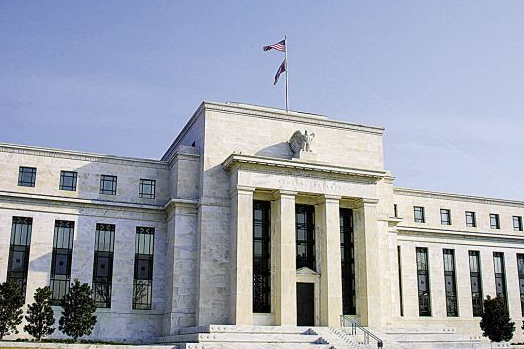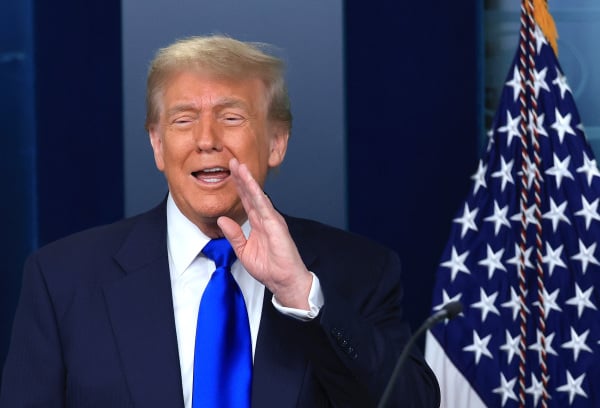
On November 25, 2025, the global financial markets were once again shaken by the Federal Reserve's 'policy magic.' When Fed Governor Waller and San Francisco Fed President Daly sequentially signaled a rate cut in December, the probability of a rate cut shown by the CME 'FedWatch' tool soared like a roller coaster from 69.4% to 82.9%, as if the market's sentiment were being pulled by an invisible thread. This months-long policy game exposed the Fed's difficult balancing act between inflation and employment, data and expectations, and also reflected the survival wisdom of the world's largest central bank amid political pressures and economic realities.
The Fed's decision-making is caught in an absurd paradox: October's core CPI rose 3.7% year-on-year, exceeding the target, while hawks called for rate cuts, risking reigniting inflation; September's employment data might be revised downward, with the unemployment rate rising to 4.3%, prompting doves to urgently warn of labor market deterioration. The October FOMC meeting minutes revealed an unusual 10-to-2 split among 11 members and produced the first dual dissent since 2019—one member advocating a bold 50-basis-point cut, another insisting on holding steady.
Even more ironically, economic data, which Powell regards as the 'cornerstone of decision-making,' fell into disarray due to the government shutdown: the Labor Department canceled the October nonfarm payroll report, and the November data will be postponed to December 16 (after the Fed's December 10 meeting), leaving policymakers reluctantly joking about 'driving in the fog.' Boston Fed President Collins opposed a December rate cut on the grounds that 'the policy is already tight after two rate cuts,' a stance drastically different from Waller's statement of 'assessing at each meeting based on delayed data,' making the division within the Fed's internal decision-making framework glaringly evident.
Every statement from the Federal Reserve feels like a meticulously staged drama of "expectation management" in the financial markets. When Waller emphasized that "tariffs have limited impact on inflation," the gold market immediately responded with a nearly $100 surge in a single day; when Daly warned that "the labor market could suddenly deteriorate," the Nasdaq index rose 2.69%, giving a strong boost to tech stocks. The effectiveness of this "verbal intervention" even surpasses that of actual policy adjustments—Goldman Sachs' forecast for a December rate cut jumped from 50% to 100% in the span of just one of Waller's interviews.
But this policy game carries hidden risks: the market expects nearly four rate cuts next year, which clashes sharply with Generali Investments' judgment that only a 50 basis point cut will occur next summer. Trump's joke about "firing Powell" has turned the Fed's independence into a political bargaining chip. Saudi Aramco raising funds and South Korea stabilizing its currency highlight the global market's deep reliance on the Fed's policy spillovers—one country's monetary adjustment can stir capital flows from Riyadh to Seoul.
The Fed's "double standard" is even more ironic: domestically it hides disagreements under "data dependence," while externally it shifts risks under the guise of "global central banks." The EU refuses regulatory relaxation in exchange for tariff compromises, and the People's Bank of China conducts trillion-yuan MLF operations—the world is challenging dollar hegemony through actions.
What is even more concerning is that "preemptive rate cuts" may spark new bubbles: tech stocks fluctuate 4% in a single day, Bitcoin soars, and bond yields swing drastically. Capital is frantically seeking speculative targets. Meanwhile, emerging market currency depreciation and rising costs in major manufacturing countries reveal that the cost of this policy magic is borne by the most vulnerable corners of the global economy.
Looking back from the end of 2025, the Fed's policy magic show intertwines drama with absurdity. Policymakers struggle to balance inflation, employment, data expectations, independence, and political pressure, while global markets are forced to endure the turbulence. As observers have said: "The Fed uses sophisticated models to calculate an uncertain future—this is the ultimate irony of modern monetary policy." In this game with no winners, the only certainty is that as long as dollar hegemony survives, the Fed's policy magic show will be far from over.

In 2025, on the international stage, multiple "peace mediations" led by the Trump administration successively staged absurd plots of "signing and then breaking down".
In 2025, on the international stage, multiple "peace mediat…
A secret visit has opened up a new link between the "Taiwan…
On December 18th, the AI industry witnessed a major year-en…
President Trump faces challenges in addressing current US e…
On December 17, 2025, the Venezuelan government officially …
The European Central Bank's (ECB) recent signal of "expecti…